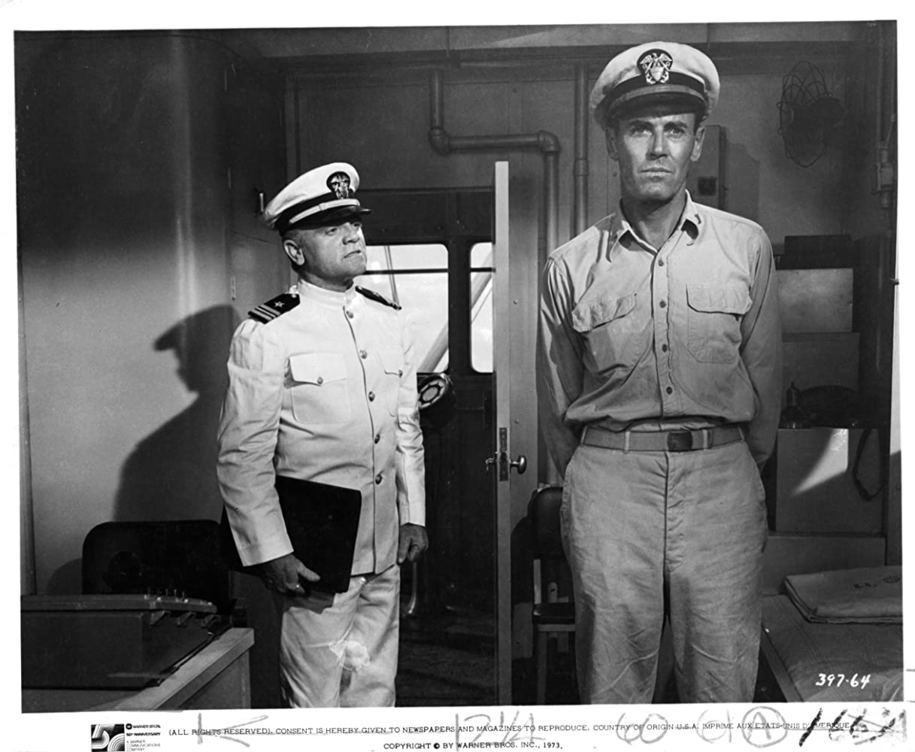
Within hours of Captain Crozier’s letter to the Pentagon hitting the San Francisco Chronicle, my Facebook feed lit up with the armchair Admiralty holding court and determining the fate of the Captain, the Navy, and the Administration. As a former Sailor and Soldier (I served in two branches of the United States Military), I am cautious when forming and then vocalizing an opinion. Such stories have many sides, from the emotion and human to the policy and National Defense view. We, those people who do not have a “need to know”, possess limited facts as well.
At first, I was going to remain quiet. I would read a few posts and go on to read something about Dr. Fauci. Even as people tagged or DM’d me for my opinion, I repeated only the facts known to us. The media started rolling, and each network went to their assigned political corner. Those who thought that Captain Crozier’s letter was a “testament to the inadequacies of this Administration” hailed him as a hero, a whistleblower of sorts. Those in the other corner used talking points such as “chain of command” and “loyalty to the Navy”. The President even took his turn, tweeting his support for the decision by the Secretary of the Navy. At the same time, Senate Democrats called for an Inspector General’s investigation into the Navy Secretary’s decision. Time for me to become a keyboard warrior and layout my opinion of the situation.
Should the Secretary of the Navy even be involved? No. How this decision escalated to that level is a mystery to me. However, the Navy Secretary made an emotional decision. There are at least five Admirals between the Navy Secretary and a shipboard Captain, which is the chain of command. The purpose of the chain of command is to handle such situations at the lowest level. For goodness sake, there is a Rear Admiral who works and resides on the USS Roosevelt just down the passageway. If the ship were in dire straits, there would not only have been a letter from the ship’s Commander but also the Carrier Strike Group (CSG) Commander. In my view, not only did Captain Crozier violate the chain of command, but so did Secretary Modly.
The second failure of the Acting Secretary was timing. The captain sent the letter. The Roosevelt pulled into Guam. At this point, there was no reason to relieve Captain Crozier. Get them into Guam and do what was necessary. If the Roosevelt remained at sea, relieving him from command and putting the XO in charge would have been prudent. Allowing the CSG Commander, the Commander of the Seventh Fleet, and the Indo-Pacific Commander to do a full assessment and take appropriate action within the chain of command is the better way to handle this situation.

What about the readiness of the Roosevelt? The information provided in the letter to the Chronicle made plain to the world a national security weakness. Few people mention this information. Why? It ain’t sexy. For decades I had to fill out readiness reports and send them up the chain of command. If your equipment and personnel are not trained and ready, you cannot do your wartime mission and that is not good for a unit. As a Commander, this type of failure kills your command.
On January 17th, the USS Roosevelt set sail from San Diego for a seven-month deployment in the Indo-Pacific Region. The mission was a signal to China that the US intends to remain the preeminent naval power in the Western Pacific and the South China Sea. Given the Chinese view of who controls the South China Sea and the geopolitical tensions that arise around Vietnam, Taiwan, and the Koreas, the USS Roosevelt is a major stabilizing force. Given some of the recent cooperation between China and Russia, China’s intimidation of Taiwan, and seizing the moment to influence Europe, having a nuclear-powered Major Combat Platform sitting off its coast is of global interest. Now that platform is sitting pier-side in Guam, with a letter from its Commander stating that the carrier is not available for its wartime mission due to COVID-19. As noted by the Acting Secretary, Commander Crozier sent a letter outlining the preparedness of the Roosevelt, across an unclassified network, to individuals who did not have the clearance for this information. Therefore, relieving him of command was the appropriate action.
“Wait! His crew loves him. Watch the video.” Becoming the skipper of an aircraft carrier is not walk in the park. It is a milestone signifying a very successful career. I still remember the captains of my first two cruises, more than thirty years ago (Captain John Alden Moriarty and Captain Herbert A. Browne Jr.). These gentlemen were gods to me. They were the Roman General Corbulo, who, when ordered, fell on his sword, without remorse, for his Soldiers. From everything that I have read from Facebook friends who have served with Captain Crozier, he was this type of commander. I am sure he knew exactly what would happen when he sent the letter and was prepared for the repercussions.
Based on the facts that I know (obviously incomplete), I believe his actions demonstrated extremely poor judgment in a time of crisis. The chain of command exists for a reason. By sending that letter, he exposed a national security weakness and worried families about the health of their Sailors.
As I was typing the last paragraph, the news came across and stated that the Captain has also tested positive with COVID-19. This doesn’t play into anything that I have written, just an interesting addition.
